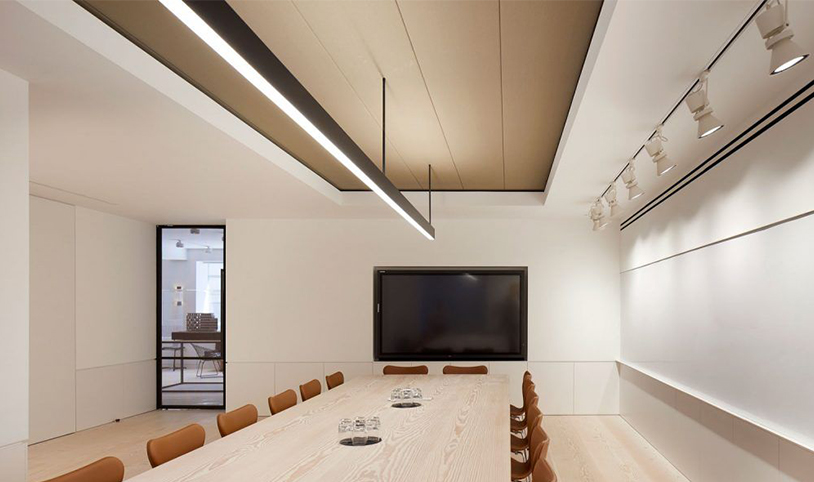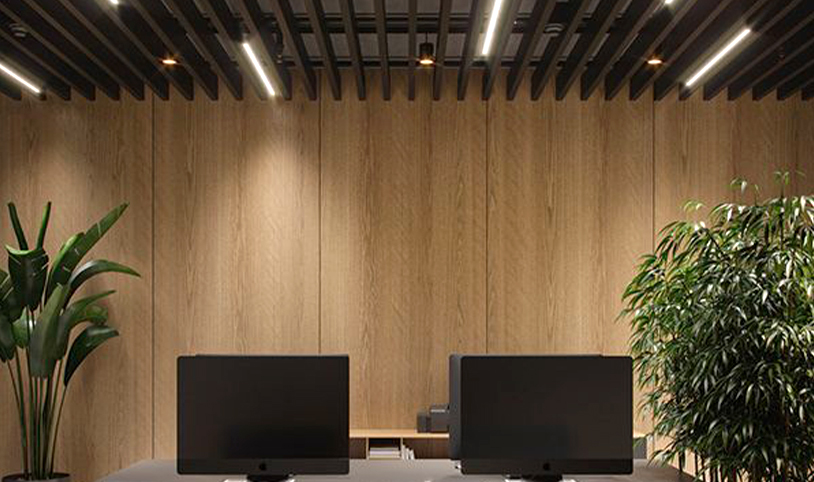FAQ
We are the manufacturer. Welcome to visit our sales office and our factory.
Because our lights are manufactured by orders, it typically takes between 30-35 days to complete an order. However, lead times may vary due to the current order volume and any customizations made to your fixtures. If your order is time sensitive, get in touch with our Sales Team!
- Diecast: 30 days
- Extrusion:15 days
- Plastic: 30 days
- Stamping: 15-20 days
Around 80-90% of the energy emitted from incandescent bulbs is converted to heat instead of light. LED lighting is about 85% more efficient than incandescent lights and hence do not need as much energy to produce the same amount of light. LED lights are also designed to last about 50 times longer than incandescent lighting.
LEDs are known for being high-performance lighting fixtures that save energy, reduce maintenance and replacement costs and help protect the environment. They also last much longer than traditional lighting.
When compared to CFLs, LEDs always emerge superior in terms of efficiency, durability, light output, eco-friendliness, and robustness.
According to the claims from various manufacturers LED lighting has a life expectancy of 20,000 to 50,000 hours. At 8 hours per day this would be approximately 17 years. This is roughly 30 times longer than incandescent bulbs and 5 times longer than compact fluorescents. This estimate from the manufacturers is in fact more of a guess-estimate based on accelerated wear testing, which isn't a precise science and is only conducted at the component level; rather than at the system/luminaire level. In some cases we suspect claims of 50,000 are just wishful thinking (especially from the cheaper vendors), but as these high powered LED lights haven't been in the market for 20 years as yet, it is hard to disprove or prove any claims. There are several factors that can shorten (often dramatically) the life of a LED globe.
Heat.LED lights normally have metal heatsinks to draw the heat away from the LED chip itself. If the heat sink is not adequate in size, poorly connected or of a poor design the LED can overheat and fail very rapidly. The same applies to degradation of the driver electronics.
Poor Electronics.Incandescent lights are simple, they are basically just a thin metal filament. LEDs are more complex. Capacitors and other components are normally required as part of the power supply regulation and conversion of AC current into the low voltage DC current required by the LED. While the LED itself might have a life span of more than 10 years, other components might not. Electrolytic capacitors in the ballast of LED luminaires are a known limiting factor of a luminaires lifetime due to their low tolerance for elevated temperatures. These components can be internal or external to the LED depending on the light.
Fitting type.LED retrofit designs with bayonet, edison, gu10 and mr16 fittings are all designed for AC supplies. This requires a greater amount of electronics housed within a compact, heat-sensitive product. The volume constraints of these designs can limit optimal component selection and thermal management and render it unserviceable in the event of failure. LED kits with external drivers have the advantage of generally better thermal management and isolating the most likely source of electronic failure to the driver unit, rendering servicing simpler and cheaper.
Environmental factors.Higher than expected ambient temperatures in a roof space, lack of airflow around the heat sink or poorly regulated mains power supply can be detrimental to the life of an LED. Too much heat is probably the #1 killer of LED lights.
There are also two additional factors that might lead you to wanting to replace your globes before they actually fail.
Decreasing output.A further issue is that the light output of a LED light can decrease slightly over time. Sometimes this is quoted as a L70 or L50 figure, meaning that the light will keep 70% (or 50%) of its original output during its quoted lifetime. (Decreased output can happen with other forms of lighting as well, so it isn't a problem unique to LEDs). There also could be other issues like the plastic lens cover becoming cloudy over time decreasing light output.
Typically, LEDs last between 50,000 and 100,000 hours. These measurements are “useful life”, or the time it takes for light output to decay to 70% of its original capacity. LED lighting does not burn out like traditional lighting because they do not contain a filament. Instead, the light output decays gradually over time. In addition, if one LED malfunctions, the others within the array continue to function. Thus, a full lamp replacement is unnecessary. Here is how long 50,000 and 100,000 hours will last you with some typical usage amounts.
| Hours of Operation | 50,000 hours = | 100,000 hours = |
|---|---|---|
| 24 hours per day | 5.7 years | 11.4 years |
| 18 hours per day | 7.4 years | 14.8 years |
| 12 hours per day | 11.4 years | 22.8 years |
| 8 hours per day | 17.1 years | 34.2 years |
Figures released by the U.S Department of Energy estimate that embracing LED lighting on a large-scale by 2025 will:
- See a 62% reduction in energy usage.
- Result in 258 million metric tons of carbon emissions wiped out.
- Greatly reduce the amount of materials being put into landfills.
- Mean no need to build 133 new power plants.
- Overall it would save the US over $280 billion!
The Energy Independence and Security Act of 2007 is designed to implement sweeping changes to energy policies in the United States. The stated mission of the act is “to move the United States toward greater energy independence and security, to increase the production of clean renewable fuels, to protect consumers, to increase the efficiency of products, buildings, and vehicles, to promote research on and deploy greenhouse gas capture and storage options, and to improve the energy performance of the Federal Government, and for other purposes.” Section 321 of this act addresses new efficiency standards regarding “general service incandescent lights.” Encore LED strongly recommends that business, industrial and commercial lighting consumers choose to proactively adjust their lighting purchases in order to start saving on energy costs now.
UL Certification meaning (Underwriters Laboratories) is the most recognized safety testing and evaluation agency in the United States.
It is an independent, non-profit, and professional organization that provides public safety testing.
To make the world a safer environment for both employees and customers, UL has implemented product certification.
Additionally, they work to establish the best standards to implement for future testing innovations. Off the billions of items now in the worldwide marketplace, about 14 billion carry the UL label.
UL is constantly checking to make sure that the items meet these standards. For example, UL testing ensures that wire diameters are proper and confirms that electrical equipment can handle the current they state they can manage.
In addition, they make sure that the items are built to the appropriate standards of safety.
CE refers to European Conformity, which means European Compliance.




